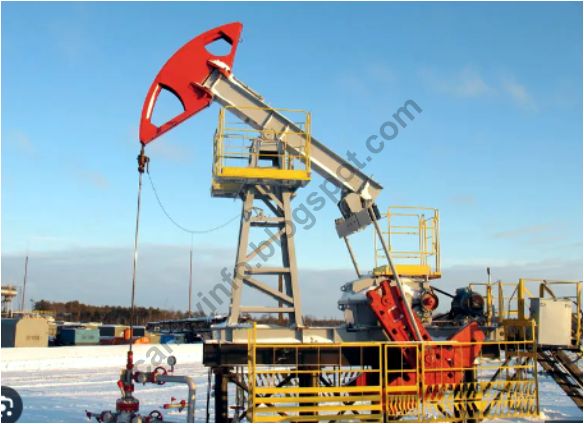HOW TO PRODUCED CRUDE OIL. FIND OUT!
Producing crude oil involves a complex process that
requires specialized equipment, technology, and expertise. It typically
involves locating oil reservoirs, drilling wells, extracting the oil, and
transporting it to refineries for processing. Here's an overview of the general
steps involved in crude oil production:
Exploration and
Seismic Survey: Before
drilling, geological and geophysical studies are conducted to identify
potential oil-rich areas. Seismic surveys use sound waves to create images of
the subsurface, helping geologists locate oil reservoirs.
Drilling: Once a promising site is identified, drilling rigs
are used to bore deep wells into the Earth's crust. The process involves
drilling through various rock layers until reaching the oil reservoir.
Well
Construction: After reaching the
reservoir, a well casing is installed to prevent the well from collapsing and
to isolate the oil-bearing formations from surrounding rock layers and
groundwater.
Extraction: There are different methods to extract crude oil
from the reservoir, including:
§ Primary
Recovery: In this initial stage,
natural reservoir pressure or gas injection is used to push oil to the surface.
§ Secondary
Recovery: As the natural
pressure decreases, methods like water or gas injection are employed to
maintain pressure and enhance oil recovery.
§ Tertiary
Recovery (Enhanced Oil Recovery - EOR):
More advanced techniques, such as thermal methods (injecting steam to reduce
oil viscosity) or chemical injections, can further increase oil production.
Separation: Once the oil is brought to the surface, it's
accompanied by natural gas and water. Separation facilities separate these
components from the crude oil.
Storage and
Transportation: The separated
crude oil is stored in tanks at the wellsite before being transported via
pipelines, tanker trucks, or rail to refineries for further processing.
Refining: Crude oil is sent to refineries where it undergoes a
complex distillation and processing process to separate it into various
fractions, including gasoline, diesel, jet fuel, and other products.
End Products: The refined products are distributed to consumers
through various channels, such as gas stations, airports, and industrial
facilities.
Environmental
Considerations: Throughout the
production process, environmental factors, safety protocols, and regulations
are closely monitored to mitigate potential impacts on ecosystems, groundwater,
and air quality.
It's important to note that crude oil production is
a technically demanding and capital-intensive process, often undertaken by
specialized companies in the oil and gas industry. The process also involves
significant environmental, social, and economic considerations. Additionally,
advances in technology and industry practices have led to the development of
unconventional oil production methods, such as hydraulic fracturing (fracking)
and oil sands extraction, which have their own distinct processes and
challenges.


